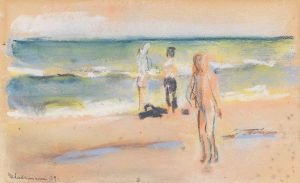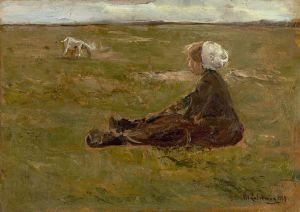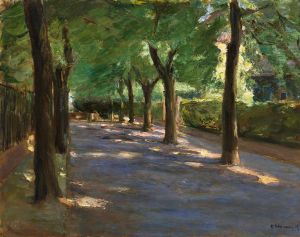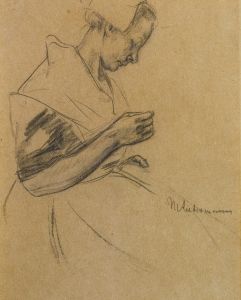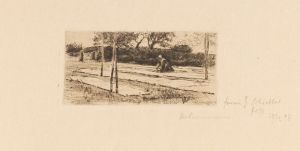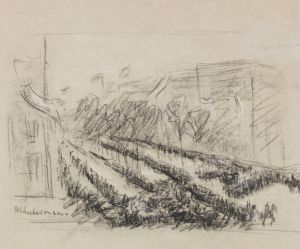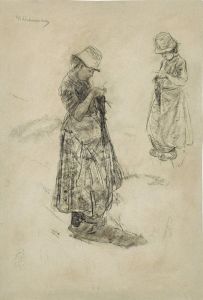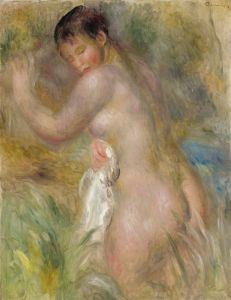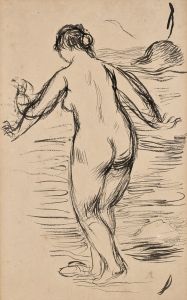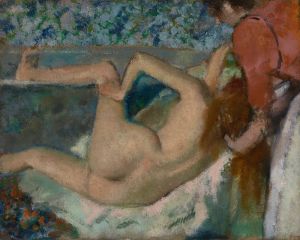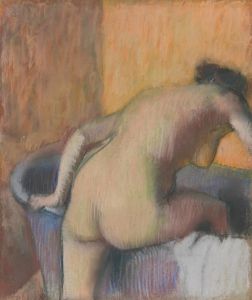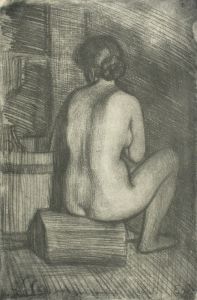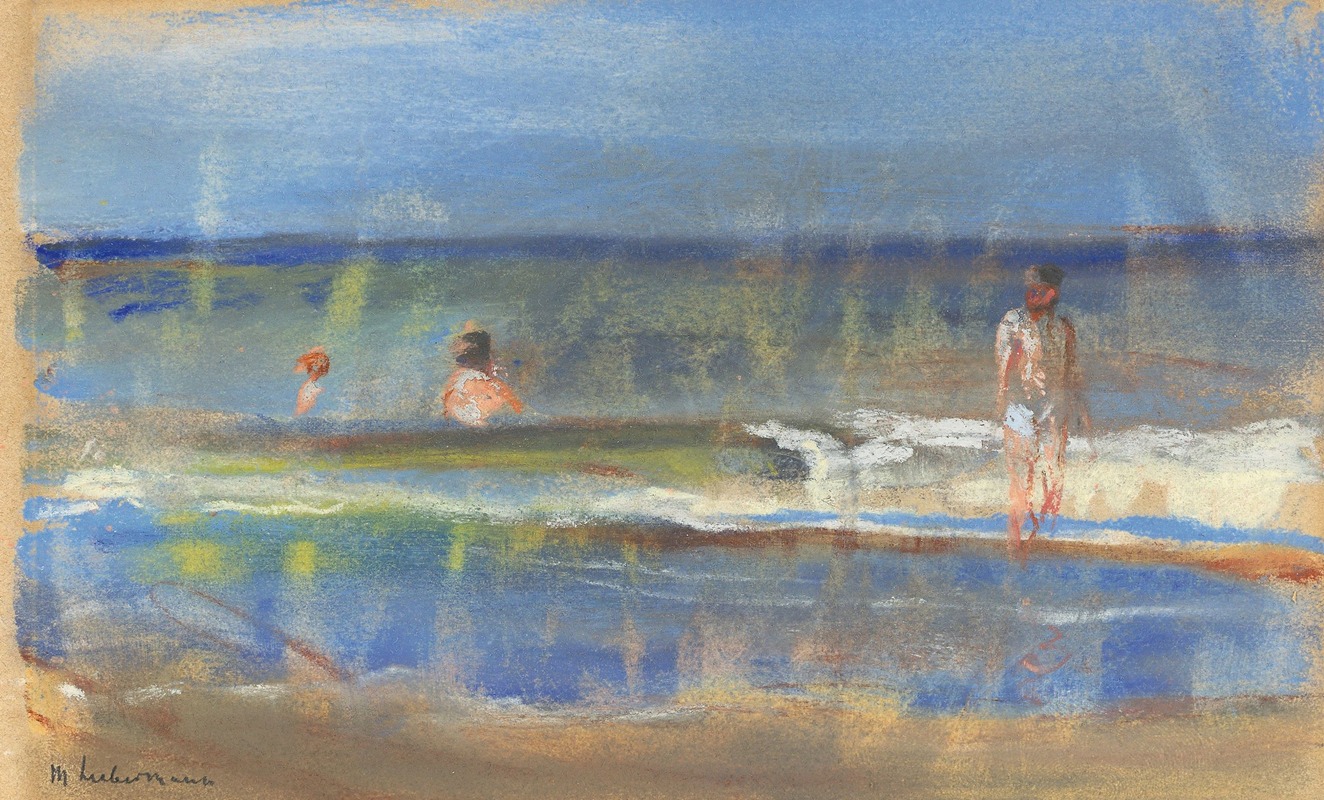
Badende im Meer
A hand-painted replica of Max Liebermann’s masterpiece Badende im Meer, meticulously crafted by professional artists to capture the true essence of the original. Each piece is created with museum-quality canvas and rare mineral pigments, carefully painted by experienced artists with delicate brushstrokes and rich, layered colors to perfectly recreate the texture of the original artwork. Unlike machine-printed reproductions, this hand-painted version brings the painting to life, infused with the artist’s emotions and skill in every stroke. Whether for personal collection or home decoration, it instantly elevates the artistic atmosphere of any space.
"Badende im Meer" (Bathing in the Sea) is a painting by the German artist Max Liebermann, created in 1900. Liebermann, born in 1847 in Berlin, was a leading figure in the German Impressionist movement and a prominent member of the Berlin Secession. His work often depicted scenes of everyday life, capturing the natural light and movement of his subjects with loose, expressive brushstrokes.
"Badende im Meer" exemplifies Liebermann's fascination with leisure activities and the human figure in natural settings. The painting portrays a group of children and adults enjoying a day at the beach, immersed in the act of bathing in the sea. The composition is dynamic, with figures scattered across the canvas, some standing in the shallow water, others wading deeper, and a few sitting or lying on the sandy shore.
Liebermann's use of light and color in "Badende im Meer" is particularly noteworthy. He employs a bright, sunlit palette to convey the warmth and vibrancy of the seaside environment. The shimmering reflections on the water and the play of light on the figures' skin and clothing create a sense of immediacy and realism. The artist's brushwork is loose and fluid, capturing the movement of the waves and the lively interaction among the bathers.
The painting reflects Liebermann's interest in the social changes of his time, particularly the increasing popularity of outdoor leisure activities among the middle class. The beach scene in "Badende im Meer" is a testament to the growing trend of seaside vacations, which became more accessible with the advent of improved transportation and the rise of the bourgeoisie. This shift in social habits is a recurring theme in Liebermann's work, as he often depicted people engaging in various forms of recreation and relaxation.
"Badende im Meer" is also significant in the context of Liebermann's artistic development. By 1900, he had fully embraced the principles of Impressionism, moving away from the darker, more somber tones of his earlier works. This painting, with its emphasis on light, color, and the depiction of contemporary life, demonstrates his mature style and his ability to capture the fleeting moments of everyday existence.
Max Liebermann's contributions to the art world extend beyond his paintings. He was a key figure in the Berlin Secession, an association of artists who sought to break away from the conservative academic traditions of the time. As president of the Berlin Secession from 1899 to 1911, Liebermann played a crucial role in promoting modern art in Germany and supporting fellow artists.
"Badende im Meer" remains an important work in Liebermann's oeuvre, showcasing his skill in rendering natural light and his keen observation of human behavior. The painting is housed in the collection of the Nationalgalerie in Berlin, where it continues to be appreciated for its artistic and historical significance.





